Promoting the swelling of buds in cannabis plants primarily involves providing the right environmental conditions, nutrients, and care during the flowering stage. Here are several tips to encourage bud development and swelling:
1. Optimal Lighting
- Ensure your plants receive the right amount and type of light during the flowering stage. High-quality, intense light, particularly in the red and orange spectrum, is crucial for bud development. Consider using high-pressure sodium (HPS) or LED grow lights designed for flowering.
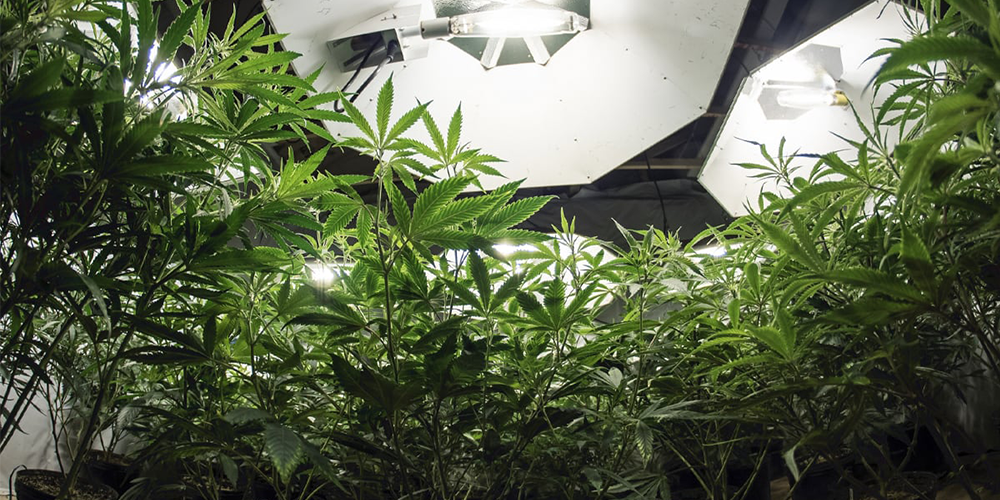
2. Proper Nutrients
- Provide your plants with the appropriate nutrients, especially those designed for the flowering or bloom phase. Phosphorus and potassium are essential during this stage. Adjust the nutrient levels according to the specific needs of your cannabis strain and monitor for any signs of nutrient deficiencies or excesses.
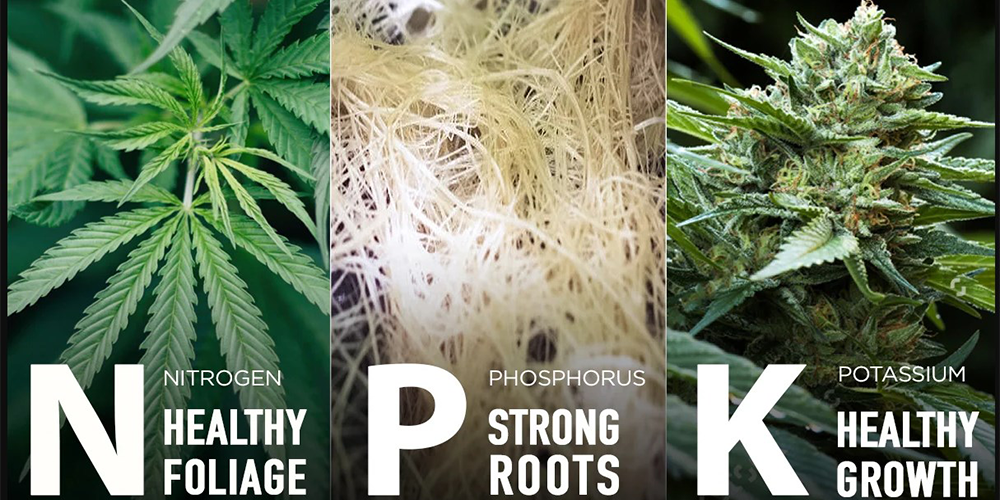
3. Temperature and Humidity Control
- Maintain a consistent and appropriate temperature and humidity level in your grow space. During the flowering stage, slightly lower humidity levels are often recommended to prevent issues like mold. The ideal temperature range can vary, but generally, temperatures between 68-78°F (20-26°C) are suitable.
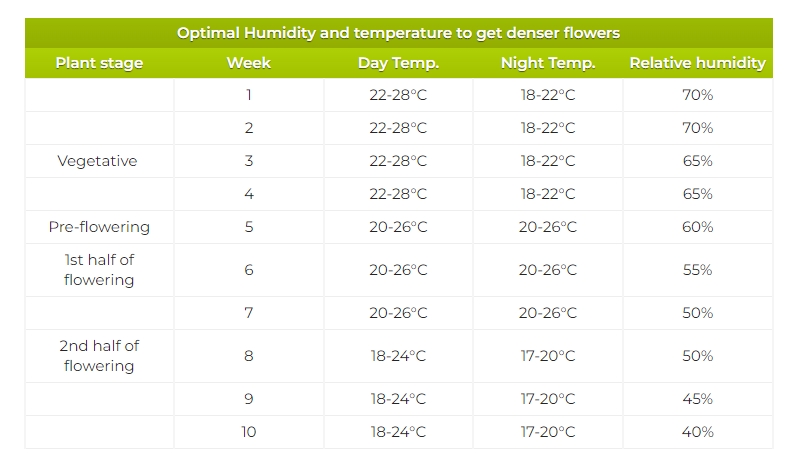
4. Air Circulation and Ventilation
- Ensure good air circulation to prevent stagnant air around the buds. Proper ventilation helps maintain a healthy growing environment and can reduce the risk of mold and mildew.
5. CO2 Enrichment
- If possible, consider supplementing carbon dioxide (CO2) levels in your grow space, especially if you have a well-sealed environment. Increased CO2 can enhance photosynthesis and potentially lead to larger buds.
6. Appropriate pH Levels
- Regularly monitor and maintain the pH levels of your nutrient solution and growing medium. Cannabis plants prefer slightly acidic conditions, typically with a pH range between 6.0 and 6.8.

7. Strain Selection
- Different cannabis strains have varying growth patterns, bud structures, and sizes. Some strains naturally produce larger buds than others. Choose a strain known for its bud size and characteristics that align with your preferences.
8. Pruning and Training
- Pruning and training techniques, such as topping, super cropping, or low-stress training (LST), can help create an even canopy and promote light penetration, potentially leading to larger and more evenly sized buds.
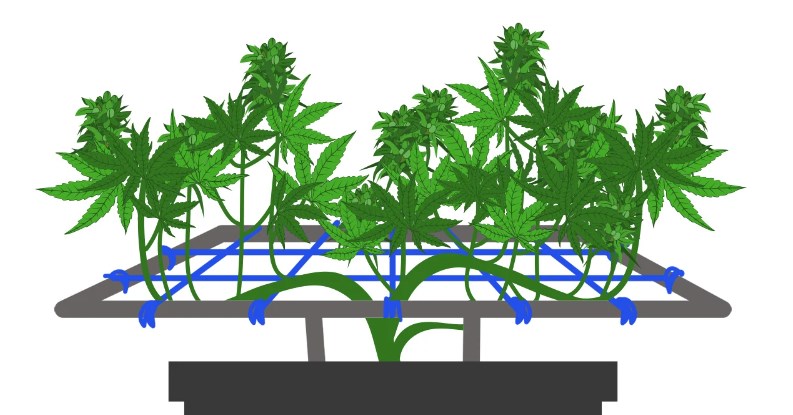
9. Harvest Timing
- Harvest your plants at the optimal time. Waiting until the trichomes (resin glands) are at the desired maturity can contribute to the overall quality and size of your buds.

Remember that cannabis cultivation involves various factors, and the specific needs of your plants may depend on the strain you are growing. Observing and adjusting your cultivation practices based on the response of your plants is key to achieving the best results.
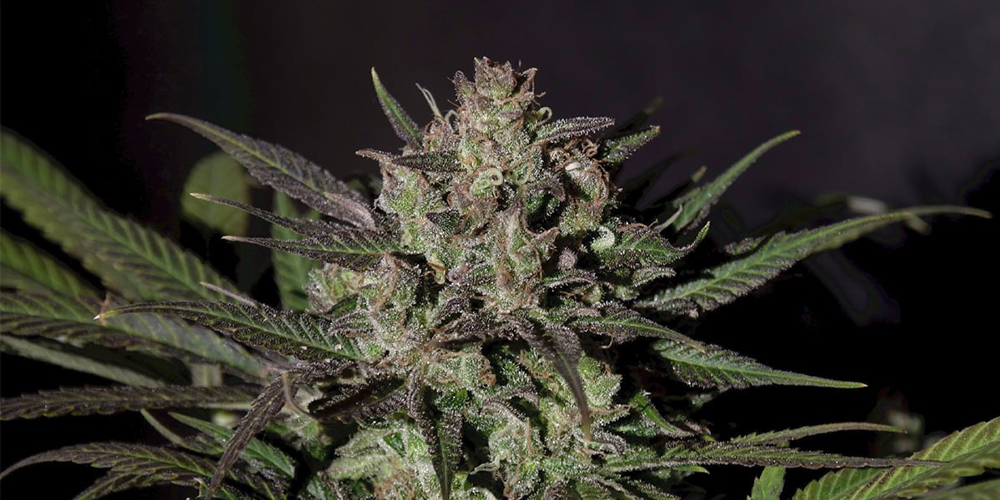
Post time: Nov-14-2023
 +86-13376814803
+86-13376814803  robert@hzhongtai.com
robert@hzhongtai.com 











